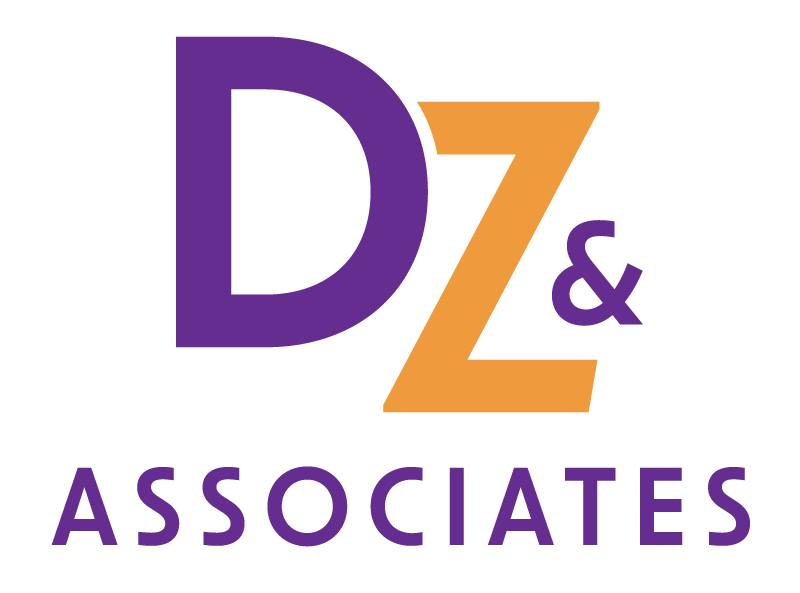If digital marketing is flush with anything, it’s acronyms. You’ve got your KPIs, CTAs, CTRs, CMSs, and UTMs, all of which are implicated in your SEO, SEM, GTM, and PPC strategies—and that’s just scraping the surface!
With so many things at play in the modern marketer’s day-to-day life, it’s worth defining terms and clarifying key differences so you can develop a strategy that works for your business.
In this post, we’re taking a look at SEO and SEM so you can take your program to the next level.
What Is SEO?
SEO stands for “search engine optimization” and its goal is to influence your rank among organic search engine results. The fact that SEO is organic is important—it means that your placement on search engine results pages (SERPs) is earned, not bought.
It can be tough to earn a top placement though. With 200+ ranking factors, marketers need to understand where their efforts will pay off the most.
At their core, search engines are trying to serve users content that is relevant and useful. To succeed at SEO, you need to follow certain practices that help you meet that standard:
- High quality content: It’s important that your content gives users what they’re expecting.
- On-page optimization: This is where keywords come into play. Be smart about how you place them in your body copy, title and image alt tags, meta descriptions, page URLs, and other key places.
- Off-page optimization: Your relationship to other online content matters. Backlinking, citation building, managing online profiles, and other practices can help your ranking beyond the words you’re putting on the page.
- Technical SEO: Search bots that crawl web pages can read more than the words on your site. Things like site speed, indexing, and mobile-friendliness all weigh positively on the scale.
SEO is great because it can drive traffic for free. Keep in mind, however, that running a successful SEO program requires a significant investment of time and resources.
What Is SEM?
SEM stands for “search engine marketing” and is a blanket term for all types of paid search strategies.
A paid search program allows marketers to appear at the top of the search results based on their ability to target users on a variety of dimensions (including keywords, affinity groups, demographics, quality score, user segments, and more) and pair those dimensions with a bidding strategy. If their dimensions are well calibrated and their bids are competitive, your customers will see your ads.
Obviously, this costs money (more on that in a moment). The benefit, though, is that you can start getting conversions immediately. This not only helps you achieve your business goals, but it also allows you to quickly learn whether or not your messaging is effective so you can feed learning back into the task of creating better content.
The Difference Between SEM and PPC
PPC stands for “pay per click” and it mean exactly what you think it does. If someone clicks on your ad, you have to pay for it. As for the difference between SEM and PPC, it’s sort of a not-all-rectangles-are-squares thing.
SEM is PPC, but not all PPC campaigns are SEM.
To illustrate the difference in more concrete terms, let’s consider a business that uses Google Ads and Facebook to drive traffic to its site. They’ll use their Google Search features for SEM, and since they will have to pay every time someone clicks on their ad, this is considered a PPC campaign. But the company also has access to the Google Display network, Facebook, and Instagram to place ads on websites and across social media. They pay when people click on these ads, too, so they are also considered PPC campaigns.
Put simply, SEM refers to paid marketing tactics applied to search engines, and PPC refers to any campaign that requires companies to pay for each conversion.
SEO vs. SEM: Which Should You Choose?
SEO and SEM have a lot in common. Both are designed to increase the discoverability of your website through search engines and, as a result, bring you more and higher quality traffic. They both require keyword research to identify search queries your target audience uses to find the information and content you’re sharing on your site. And they’re both ongoing processes that need to be continuously monitored and optimized to deliver the best return on investment (ROI).
But there are some conditions that might make one or the other a smarter strategy for your particular business.
Generally speaking, you should prioritize SEO under the following circumstances:
- You don’t have a budget for driving traffic
- You have time to wait for the benefits of SEO to accrue
- You’re staffed to consistently create and manage high quality content—both creatively and technically
- Your market is relatively light on competition (your keywords cut through the noise with less effort)
- Your main goal is to build your reputation
SEM might be a better strategy when:
- You have a steady budget for SEM and PPC campaigns
- You need results quickly—whether it’s for business goals or testing purposes
- You have the bandwidth to direct content but not create it (you rely heavily on marketing automation tools)
- Keyword competition is stiff
- Your main goal is reaching specific audiences and generating new leads
Make Search Engines Work for You
Whether you decide that SEO or SEM (and why not both?) is the right program for your company to develop, it’s important to take advantage of all that search engines can do for you. After all, your customers are looking for content that’s relevant to your product regardless of your efforts to show it to them. With a few key concepts in mind, you can be well on your way to driving traffic and growing your business.

